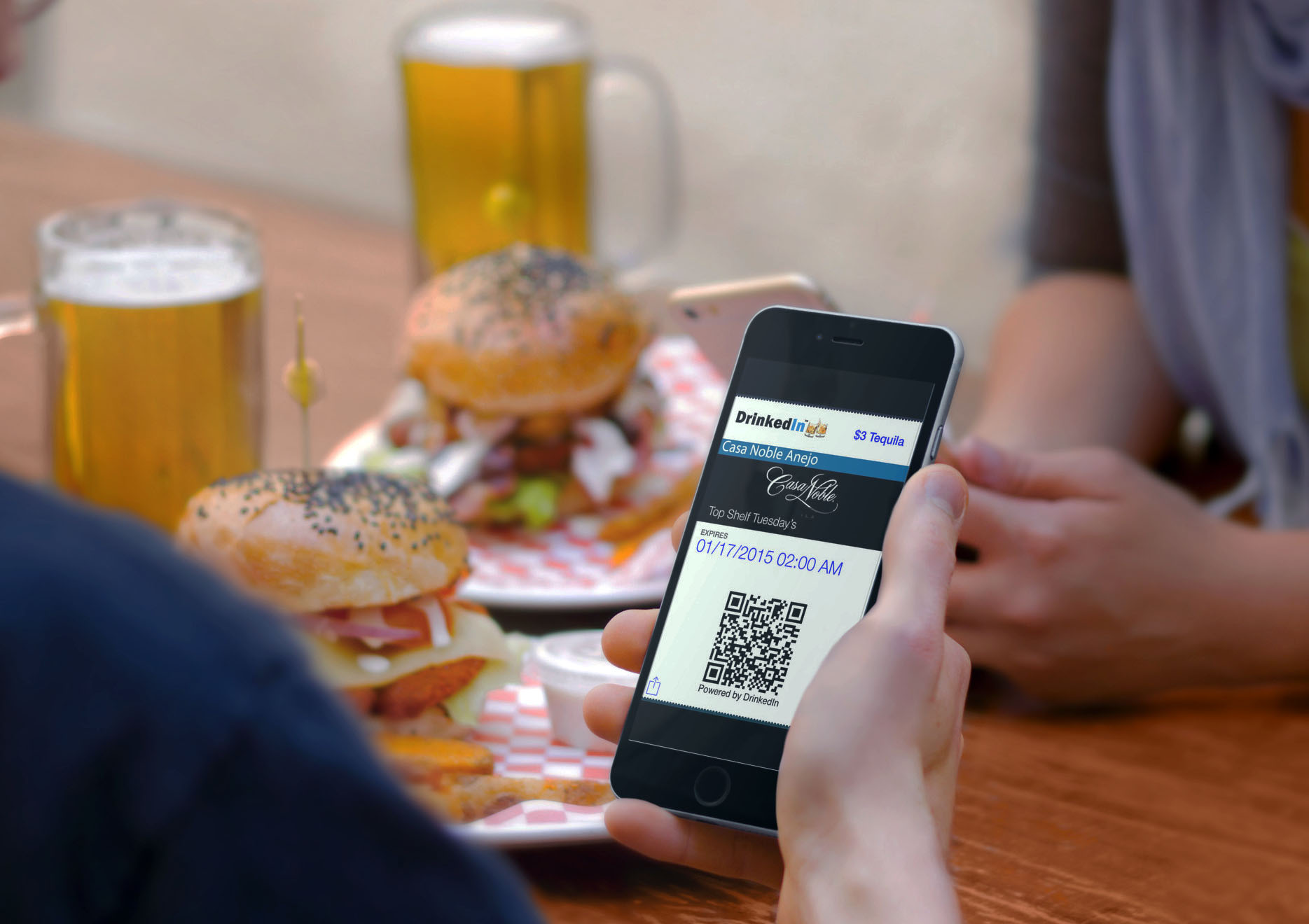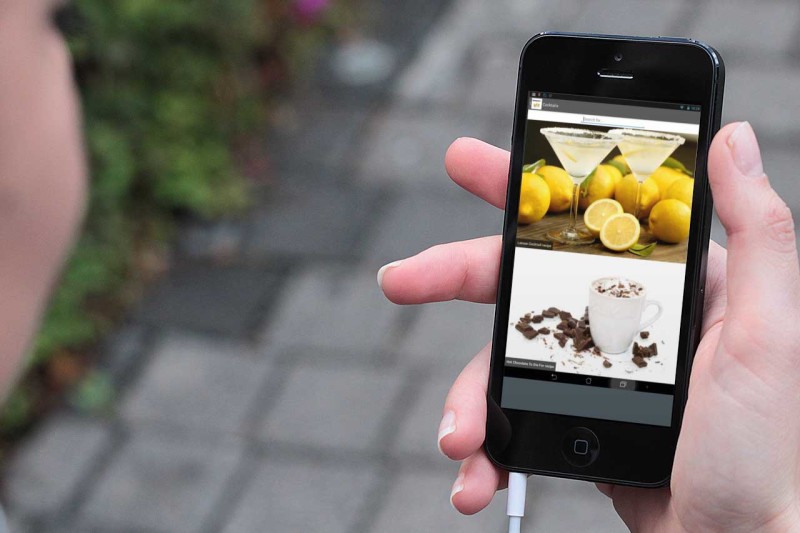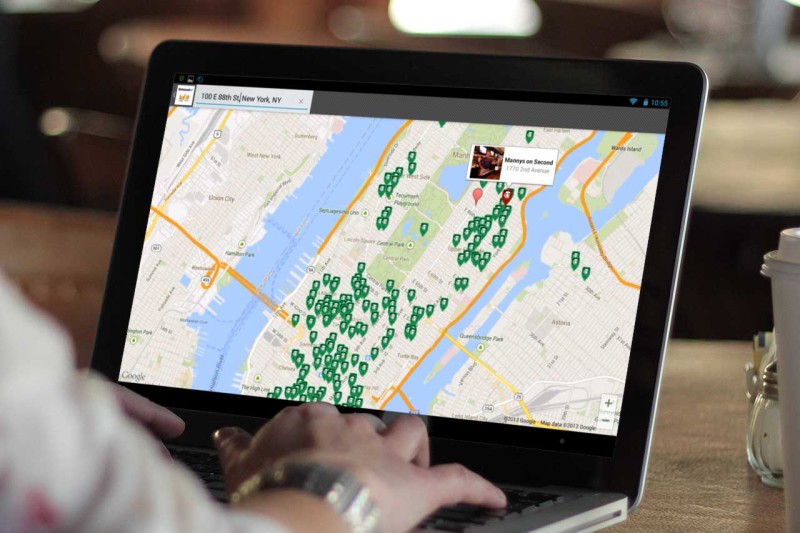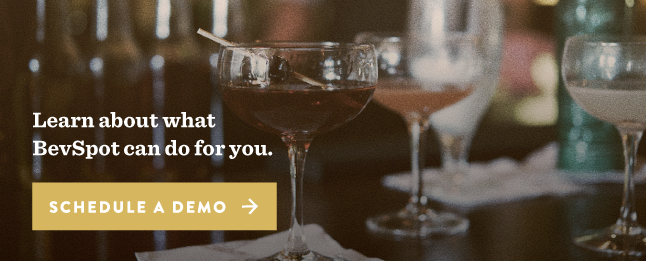


DrinkedIn started as a joke.
“We created a social drinking network for our friends, but then it just blew up.”
Haim Barad and his co-founders wanted to make something useful for the alcohol industry, a piece of technology that would change the way consumers drink and the way suppliers, distributors, and retailers sell.
Haim comes from a background in tech startups. “I like to think of us as high-tech people who love to drink, which has contributed a lot to the DrinkedIn culture.”
“We want to drag the alcohol industry kicking and screaming into the 21st Century.”
Their vision is to revolutionize the way alcohol is consumed and purchased, taking on the industry from the top down. “We found it difficult to find something new and different, to find great deals and boutique brands we wanted to purchase. And the concept of Happy Hour—and the way it’s advertised—is ancient.”
“It just seemed natural for someone to create tech to fix all that.”

DrinkedIn is comprised of both a website and an app, which are published in 27 languages and receive visits from people in over 150 countries. The app is now in its third generation and awaiting a fourth. “We’re in a launch-ready stage right now,” says Haim.
Their platform covers all three tiers of the alcohol industry, with features for the consumer, tools for the bar owner, and valuable data for suppliers and distributors.
For the thirsty consumers, DrinkedIn provides:
All in the palm of your hand (presumably with a drink in the other).
Bar managers and owners can use DrinkedIn in several different ways. They can login and post their bar’s discounts in the BarDeals tool, offer loyalty programs to their customers, and publish and manage their listings on the BarFinder.
And for suppliers and distributors, DrinkedIn provides something a little more complex. While the website and app may be consumer-facing, Haim’s ultimate goal is to develop a model depicting the purchasing and drinking behaviors of the average alcohol consumers: “What they’re drinking, if they’re buying based on deals, what they’re searching for, where they’re located, where they shop… these types of lifestyle purchasing decisions are very valuable for suppliers and distributors.”
Haim explains how they plan to offer this type of analytical data to distributors.
“If consumers in Seattle are searching for a certain brand of whiskey, but suppliers are only distributing that whiskey in The South, the manufacturer will want to know that. The craft and boutique industries don’t have coverage and distribution everywhere, but we can show them where they need it.”
“We have many different data points that provide visibility into what consumers are doing. If we see trends that are popular, we’ll get a correlation, and then we can match these correlations with actual consumption data and offer this information to manufacturers and distributors.”

We asked Haim how he feels about the way technology is disrupting the alcohol industry.
“I don’t think it’s disrupting it enough right now. It’s not a matter of the great tech that’s being offered, it’s the slow adoption rate. We’re stunned by how low-tech the alcohol industry still is, which is a great challenge. There’s no ‘Google-of-bar-tech’ out there; there’s no giant for all us little guys to compete with. But there are a lot of giant alcohol companies and even bigger chains of retailers, suppliers and distributors. We’re really just scratching the surface with the technology we can offer them.”
Here at BevSpot, we definitely share Haim’s vision. The right data and technology holds the promise of bigger savings, better management, and more time to spend on the important things.
For bar managers and owners, great technology is invaluable. And for industry tech companies, it’s really just the beginning.
Want to see what we’ve got? Schedule a quick chat with one of our product specialists. We’d love to hear from you!

